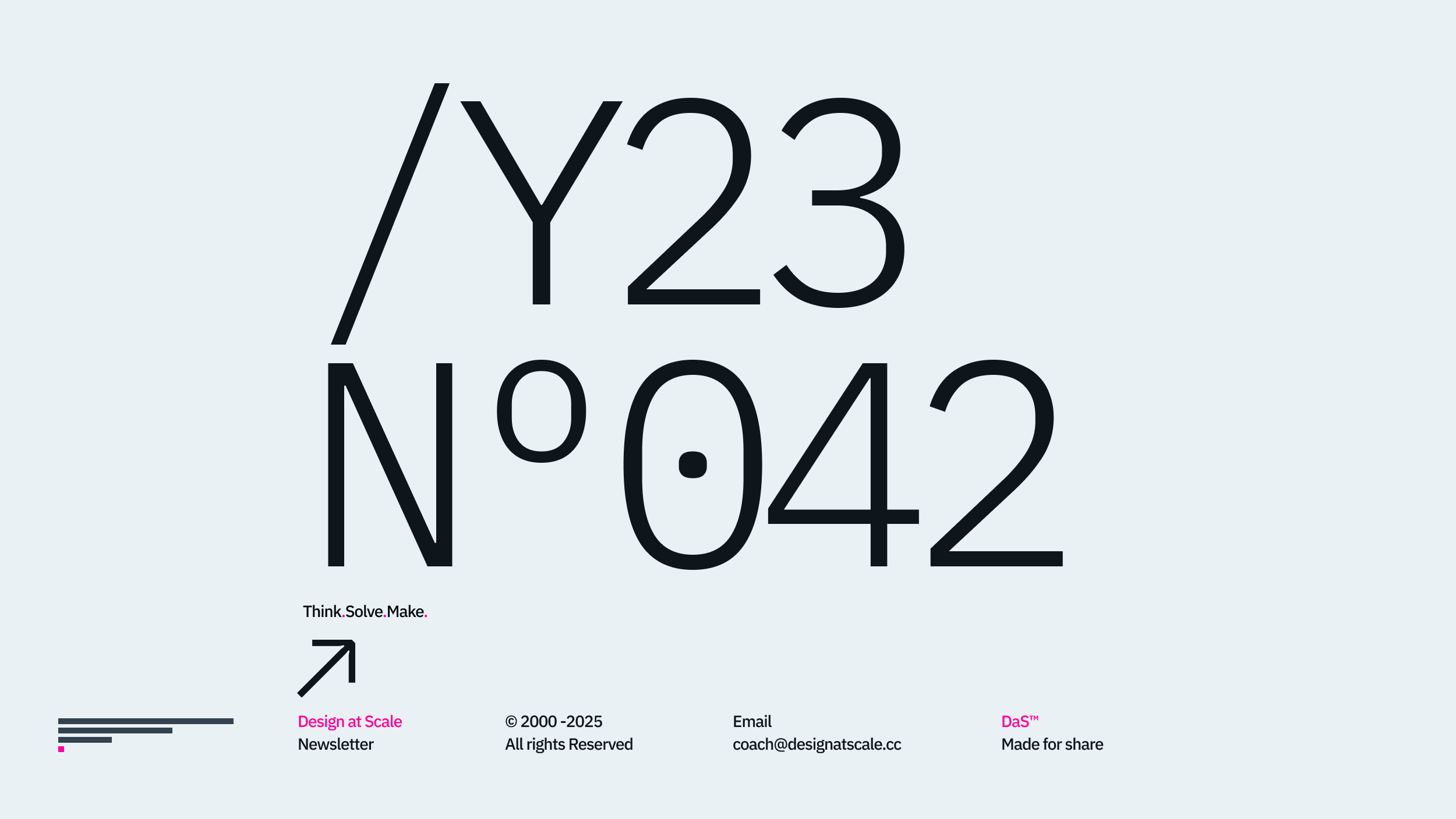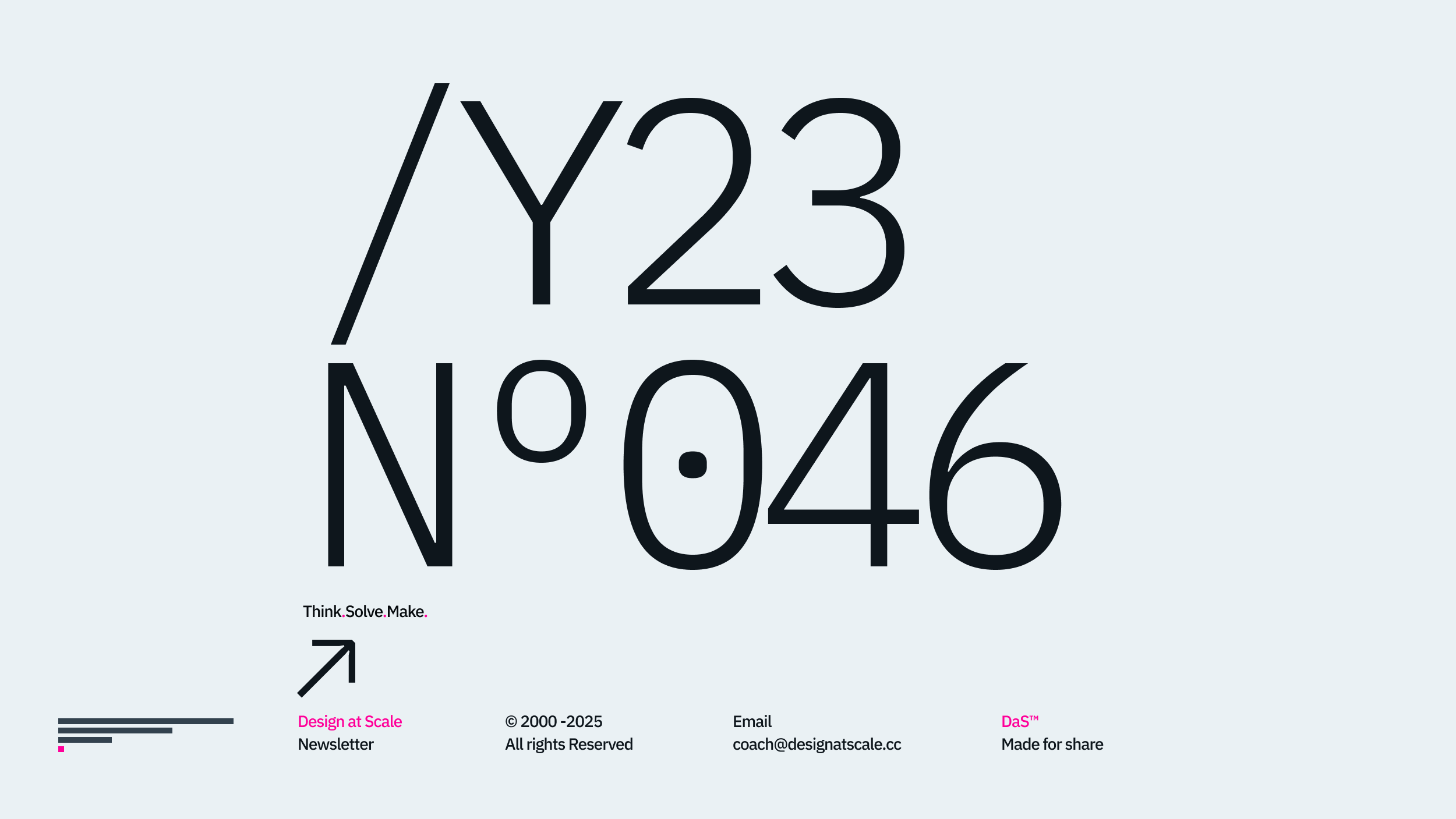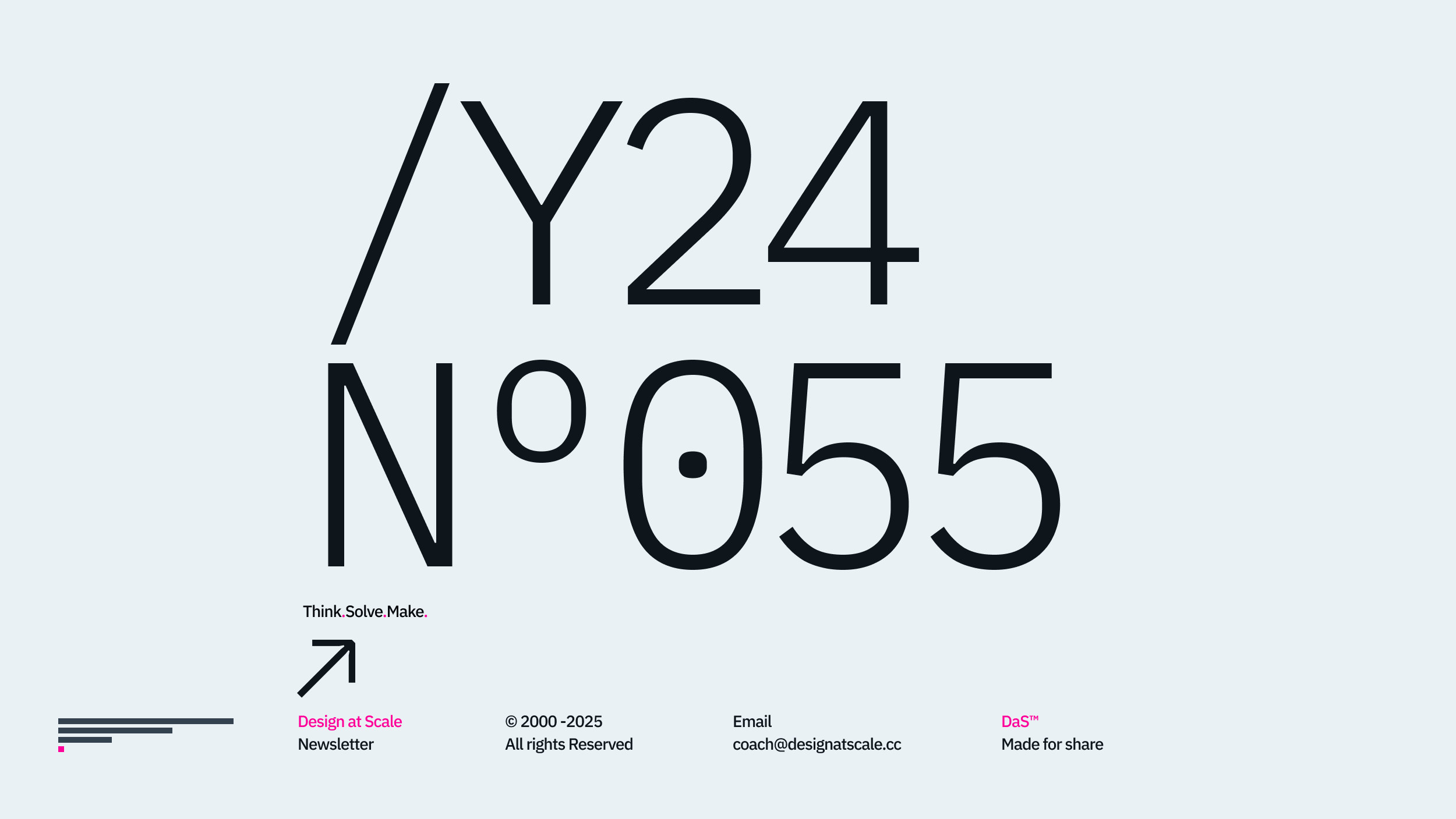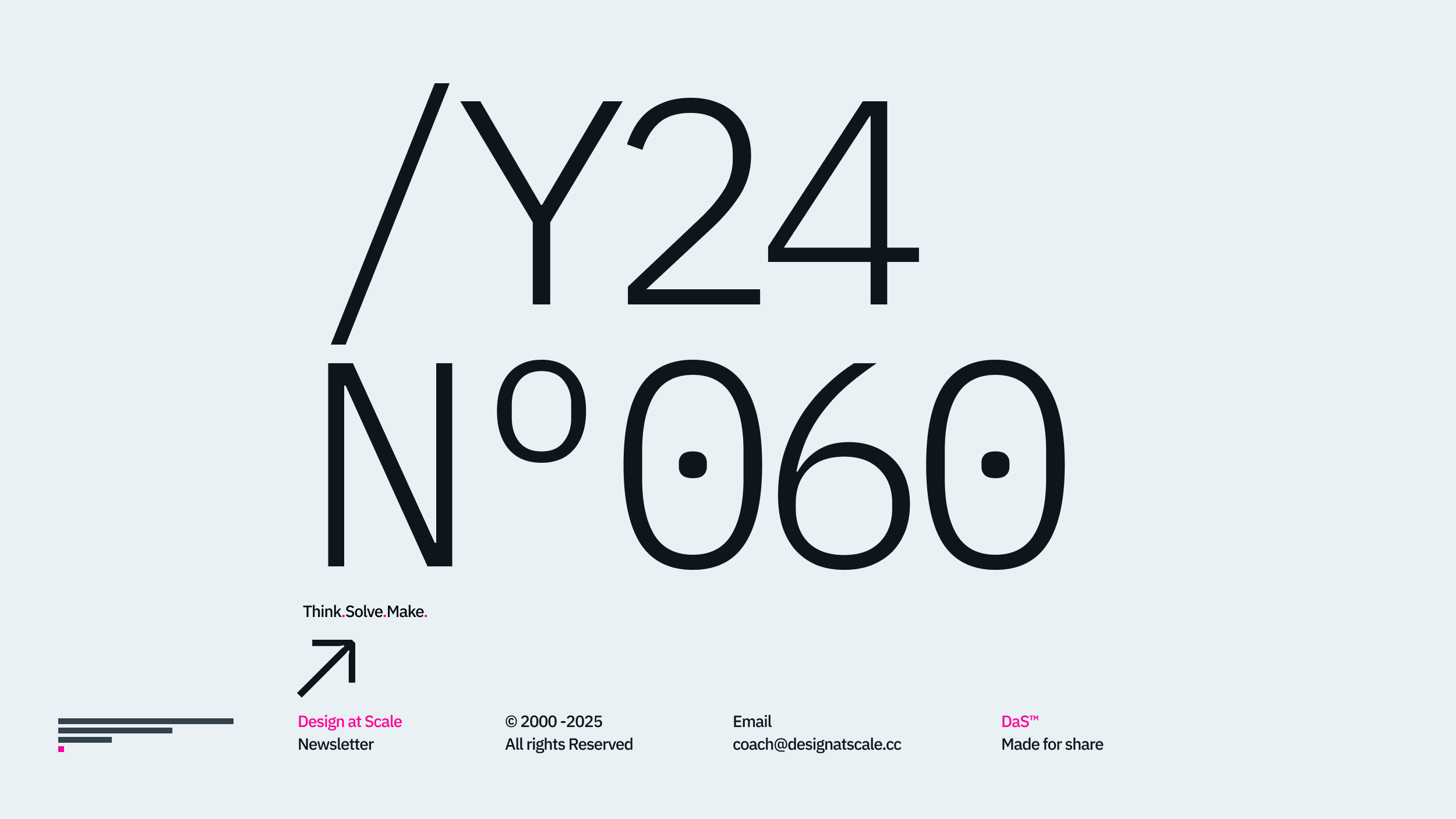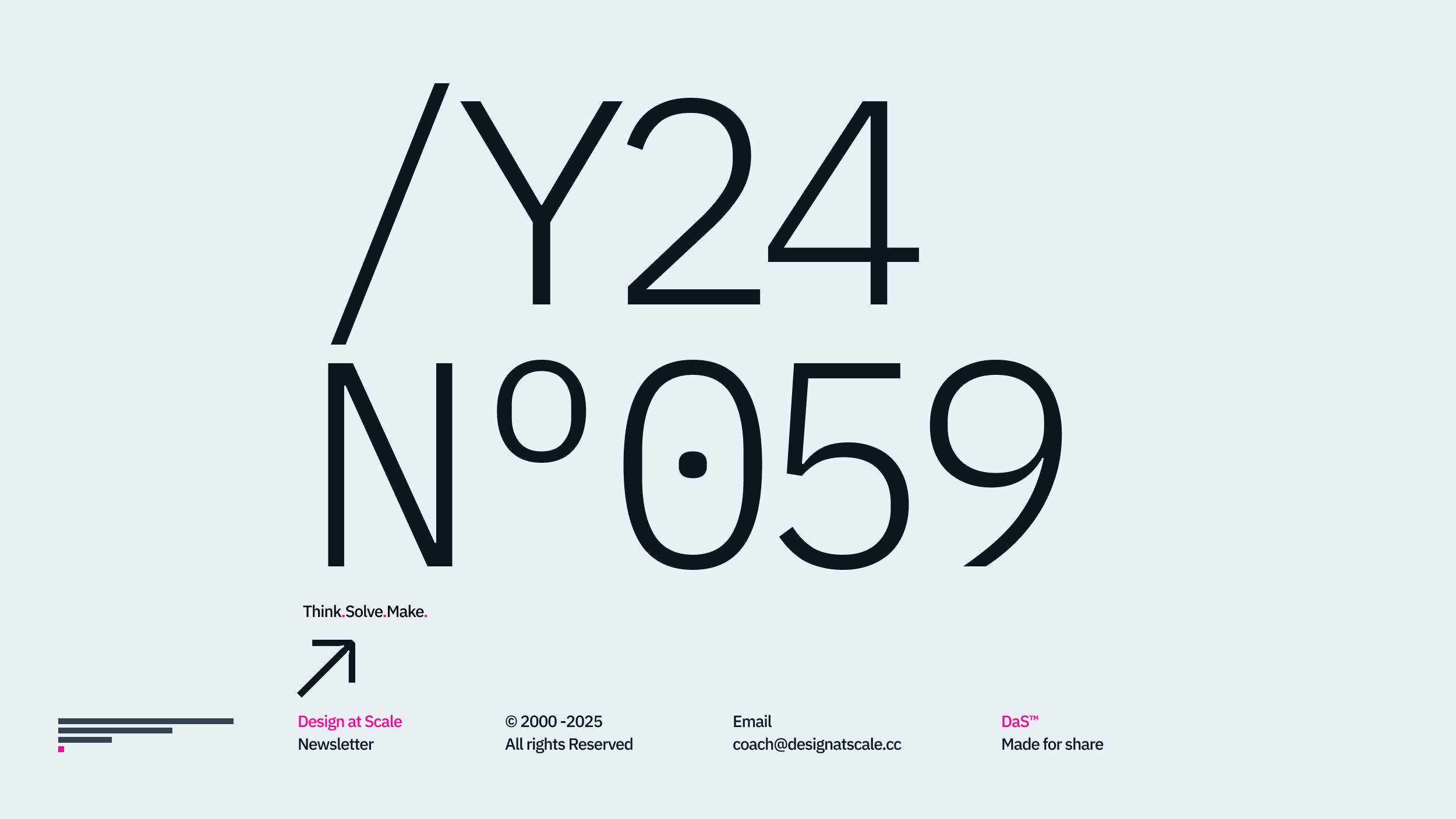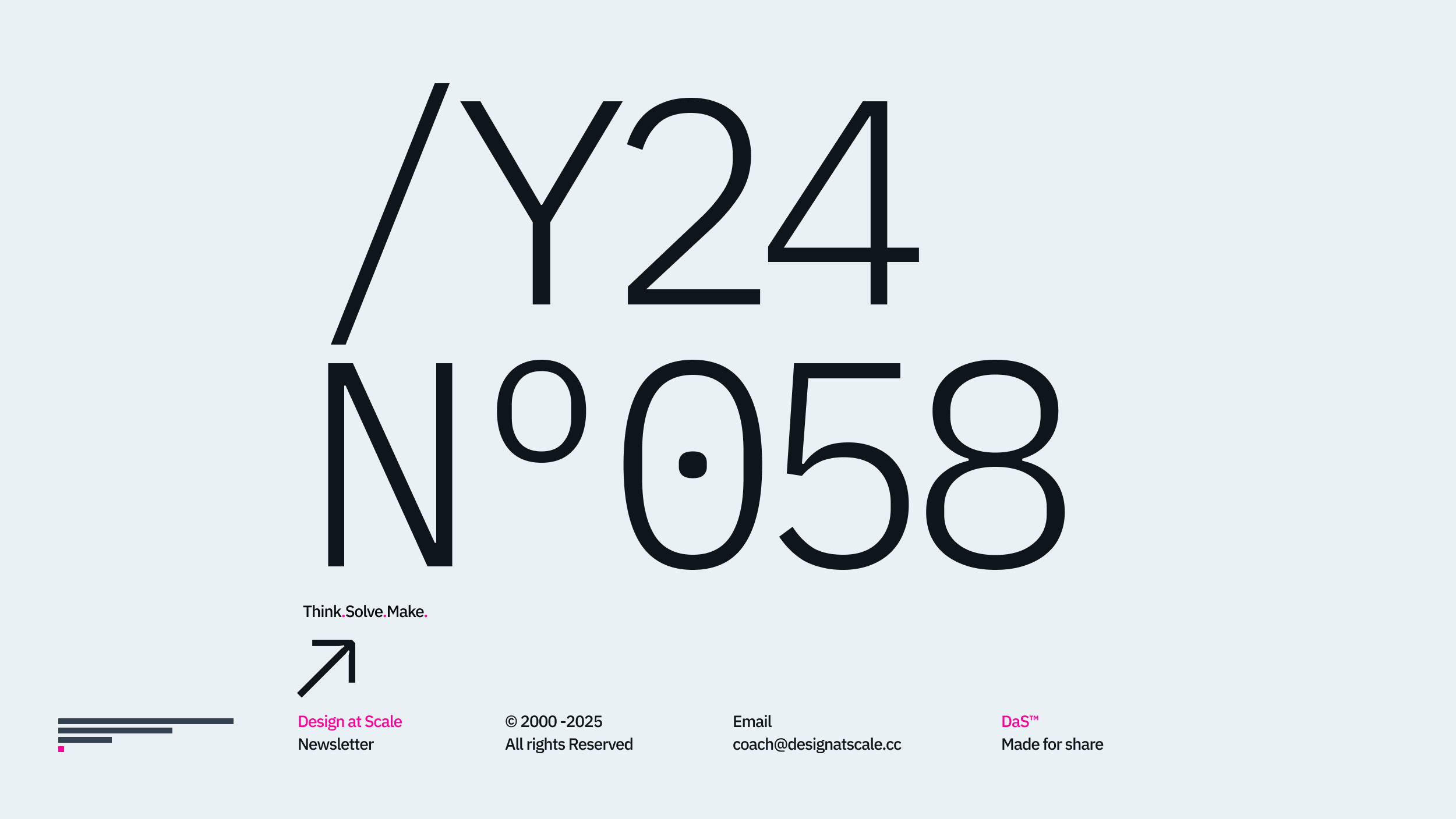Dear (none)Designer,
Welcome back to the twenty-third Design at Scale™ Newsletter – focusing on innovation and how design drives change in a large organisation or an agency.
You’ve got yourself a design system. How do you educate a company with 3000 employees in digital about the usage of a single design system and a product model on how to deliver a design at scale within an agile environment, supporting the most prominent financial organisation in the UK?
After a successful year on Personal Account Servicing, where our team delivered the value proposition twice as fast as the rest of the department, we have been tasked to replicate this success across the 50+ product teams in the group.
Peace by peace, product team by product team, we have delivered a series of workshops on how and where design at scale can empower the development and the product teams. Not only by delivering faster, but also smarter by leveraging reusable components that the previously mentioned Constellation.
Two teams working in synergy, one central team creating the design system and the other building the product or service, form a dream combination for every product designer.
But how do you sell the design system to the product team if they have a tight deadline and the only thing they need to do is review a small piece of code and release the feature on time? No time for integration, no time for experimentation, no time for introducing new things into the cycle. It takes courage to experiment and take a huge leap of faith to introduce something that hasn’t been measured before and could have a devastating impact on the delivery.
The opposite is true. Every integration of the design system has not only been successful but also uplifted the Design teams across the organisation by supporting the product team in customer journey transformation.
The workshop series on the basics was very simple. Every week, we spend five days with one product team, reviewing the day-to-day delivery and demonstrating when and how they can utilise the design system to strengthen the proposition and testing, particularly with ready-made React equivalents that can be reused as a snippet of code in prototypes. Before lifting the heavy code from the existing repository, they spent 70% of their time on refactoring and testing. After enabling the DS UAT of all our React components and helping them test the central repository. Having the foundation that is represented by the code is far more impactful than a series of wireframes. Beautiful designs still need to be translated through the use of stories. However, our HLR and component baseline, with UAC matched, allowed us to implement changes. It was only a matter of time before we pushed a new set of primitives into our repository.
Prototyping became our superpower. By enabling prototype-based delivery at the atomic level, we were able not only to scale the Constellation but also to translate additional requirements into the CORE Design System.
The CORE Design system has become the source of truth for all our decisions. Definition of the Tone of voice: Accessibility, Experience, Principle, Brand Guide, Marketing Guide, Motion Guide, Interaction Guide, and the list goes on. Every time we need to make an informed decision, we have a knowledge base —a resource that we can tap into—to make an informed, as well as regulatory-approved, decision to build the required proposition.
For more information, please visit Designa at Scale™ – GRID Magazine, where you can find additional relevant articles that explore hyper-performing teams, self-organising teams of one, teams of 10, and teams of 100 that deliver the value proposition within a product-led environment.





